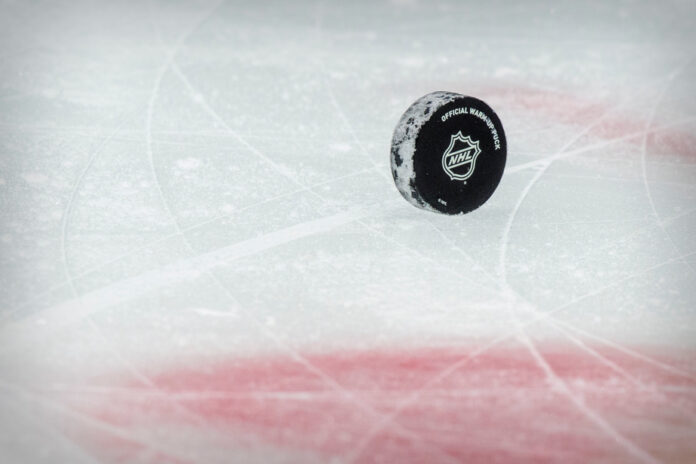The journalists of the Sports team answer your questions.
Would it be possible for an NHL team, say the Montreal Canadiens, to leave that league? Is there a time limit or penalty? How to achieve an amicable divorce?
I won’t lie to you, it’s a very funny question. Of course, anything is possible. A professional team is first and foremost a company, which its shareholders can decide to dissolve at any time. It would then be up to the league to find a mechanism to reassign players. Like the Minnesota North Stars did with the Cleveland Barons in 1978, one team could absorb another, for example. If not, would there be a repechage? Would players all become autonomous? This would need to be clarified. We can immediately exclude the idea for the organization to join another league, since there is no competing circuit. Now, knowing that the Ottawa Senators were bought for almost $1 billion, we would deduce that any owner will sell his club before closing up shop!
Are there still hockey players who negotiate without an agent like Martin Brodeur did back in the day?
It’s far from the norm, but yes, there are a few. Drew Doughty of the Los Angeles Kings, Nicklas Backstrom of the Washington Capitals, and Anthony Duclair of the Florida Panthers all signed their most recent contracts without an agent. Doughty and Backstrom remained with the team that already employed them, which may suggest a more favorable context, given the relationship already existing between the two parties. They are also players who have a great impact on their club. Duclair, however, had not received a qualifying offer from the Ottawa Senators in October 2020 and quickly had to find work elsewhere. He first landed a one-year deal with the Florida Panthers, then negotiated his pay raise the following summer, this time signing a three-year pact.
Can a player whose name is on waivers be removed from this list if their team management sees an interest in that player from a third team?
Simply put: no. Teams, with some exceptions, do not place players on waivers on a whim. They do this knowingly, assessing the risk of losing a player according to his value on the trading market.
Given the speed at which the game moves in the NHL, how does a referee determine who got the assists when a goal is scored?
This task falls to off-ice officials. They are also the ones who compile the shots on goal and the body checks, for example. They can of course refer to a video replay to be sure that the attribution of the assists is accurate. Close situations sometimes delay the announcement of goals in the amphitheater.
Why, like women’s hockey clubs, don’t players wear a helmet with mesh in men’s hockey?
It’s a reflection that’s needed after a terrifying scene where Winnipeg Jets forward Morgan Barron got pushed on a skate blade early in the last playoffs. This kind of image marks the spirits. That said, let’s start by noting that there are still a handful of players in the NHL who play without a visor, like Jamie Benn and Ryan O’Reilly, given a grandfather clause. That all NHL players wear the visor would already be a good starting point. Then, I would add that all players in Quebec of junior age or less must wear the grid – the only exception here is the QMJHL. In Quebec, it is therefore only senior players or those who play in recreational leagues who can let their cheeks slide in the wind. I digress a bit from the original question though, but why don’t all players wear the grid, which is much safer? In fact, until it is demanded, it will not be worn. No NHL player wears it, except for those who have an injury and it becomes imperative. For the argument of better vision, I would like to remind you that full visors – fishbowls in the jargon – exist. My theory is that very few NHL player egos could handle being the first to sport the grid. It would probably be seen as a sign of weakness, even if it is a more than rational decision. So who will be – and especially when – the emulator of Jacques Plante, it is an excellent question. Probably after one accident too many.















